
The high cost of health care is on the minds of many Americans these days as we as a nation come to grips with a new health care system. Recently an article appeared in the New York Times entitled, “Patients’ Costs Skyrocket; Specialists’ Income Soars“ putting the blame of health care costs on the backs of medical specialists.
The article is surprisingly misleading, full of bias and fails to give readers a complete or accurate view of how medical costs are broken down, where the real expenses lie, and how specialists’ charges are less than seven percent of the nation’s total medical bill. Anthony Kameen MD, a world-renowned ophthalmologist, and William P. Adams Jr. MD, a board certified plastic surgeon shed new light on the topic as they point out a few key elements overlooked in the article.
The patient highlighted in the article said she felt like a “hostage” to the costs racked up over a few procedures performed at a medical center following a diagnosis of skin cancer. An anesthesiologist, dermatologist, and an occulo-plastic surgeron were of special note on the bill for incurring steep financial costs. The writer of the article and the patient put the blame on the physicians for the high costs. Are they right to assume the specialists are racking in high incomes at the expense of patients?
Sorting out Healthcare Costs
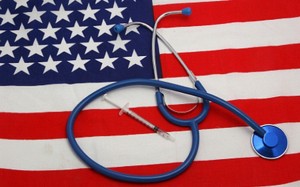
Dr. Kameen agrees and says generally, physicians receive less than 16 percent of the amount listed on receipts. “Most of the procedures discussed (in the article) were performed in a hospital setting and I think most people know that the facility costs in hospitals are enormous. When we can take things out of the hospital, the costs are drastically lowered,” says Kameen.
The New York Times article discusses how much the surgeon billed the patient but there was no mention of how much the surgeon received. “A good example,” says Kameen, “I may perform a procedure and bill insurance $500.00 and receive $80.00. That difference is not discussed in the article.” The article does however acknowledge that physicians are only receiving approximately 20 percent of the healthcare cost of our entire healthcare system. Kameen says the other 80 percent is not discussed and there’s change that needs to occur in that area as well.
The article is misleading says Dr. Adams. It states, “Doctors’ charges – and the incentives they reflect – are a major factor in the nation’s $2.7 trillion medical bill.” “The facts are,” says Adams, “doctor’s charges are less than seven percent of the nation’s total medical bill.” He says while there are problems in medical care, the doctor’s charges alone should not be blamed for the high cost of healthcare.
Patients Lose with the Current System
Unfortunately, the current healthcare system restricts physicians from treating and offering the best products and procedures to patients. “It’s the patients who are the big losers in this healthcare system,” says Adams, “but patients should not point fingers at doctors who have their best interest in mind. Patients should focus their attention at insurance companies, industry, big hospitals and healthcare executives who have caused healthcare costs to skyrocket. Of course, patients will never hear that from the New York Times, but they deserve to know the truth.”

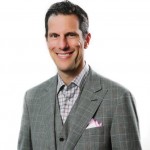
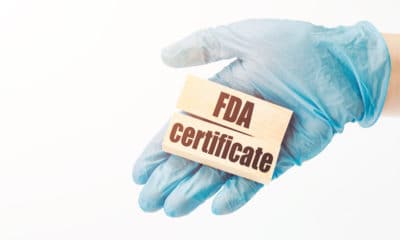
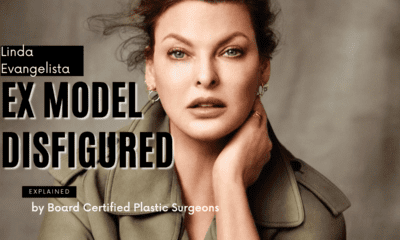



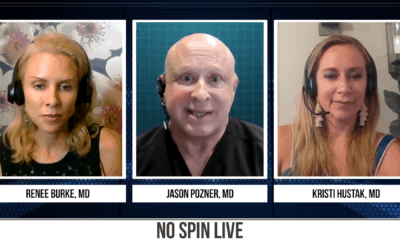
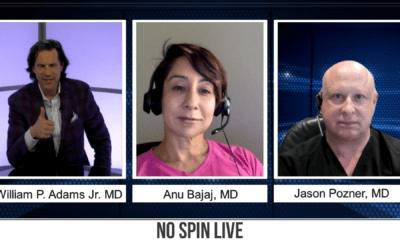






Facebook
Twitter
Instagram
YouTube
RSS